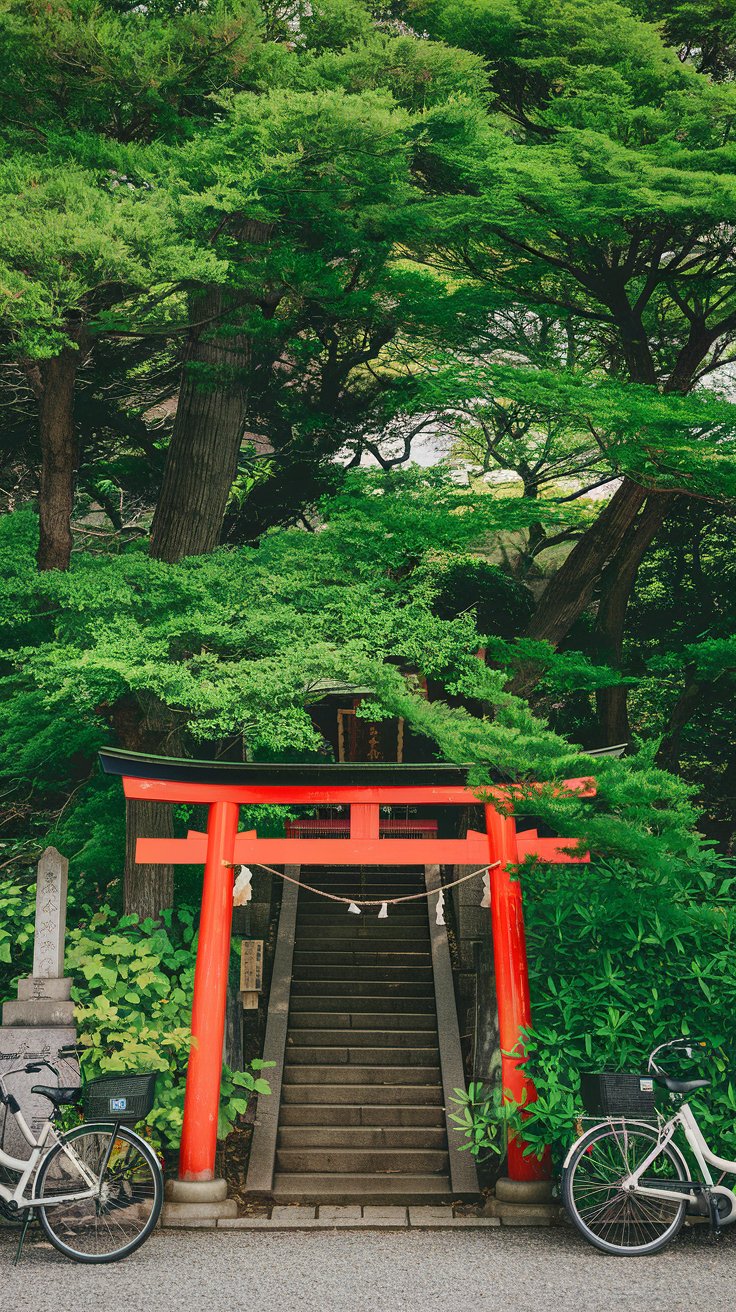Japan, the largest island nation in East Asia and the fourth-largest in the world, is made up of over 6,000 breathtaking islands, each with its own character and charm. Of these, around 400 are permanently inhabited, while the rest remain untouched treasures.
Among these thousands, five major islands dominate the spotlight, home to Japan’s most iconic cities, cultural landmarks, and thrilling adventures. Let’s dive into the largest islands in Japan, ranked by their land area, and discover what makes each one so unforgettable.
10. Shimoshima Island (574 km²)

The largest of the Amakusa archipelago, Shimoshima Island is kissed by four different seas: the Ariake, Amakusa-nada, East China, and Yatsushiro seas. Life on Shimoshima centers mainly around Amakusa City, though the quieter Reihoku Town on the northwestern coast offers a slower pace.
Shimoshima Island is a haven for outdoor lovers, offering beautiful beaches, hiking trails, and scenic parks. It’s also steeped in history, famous for its charming churches and fascinating museums that bring its rich past to life.
9. Awaji Island (592 km²)
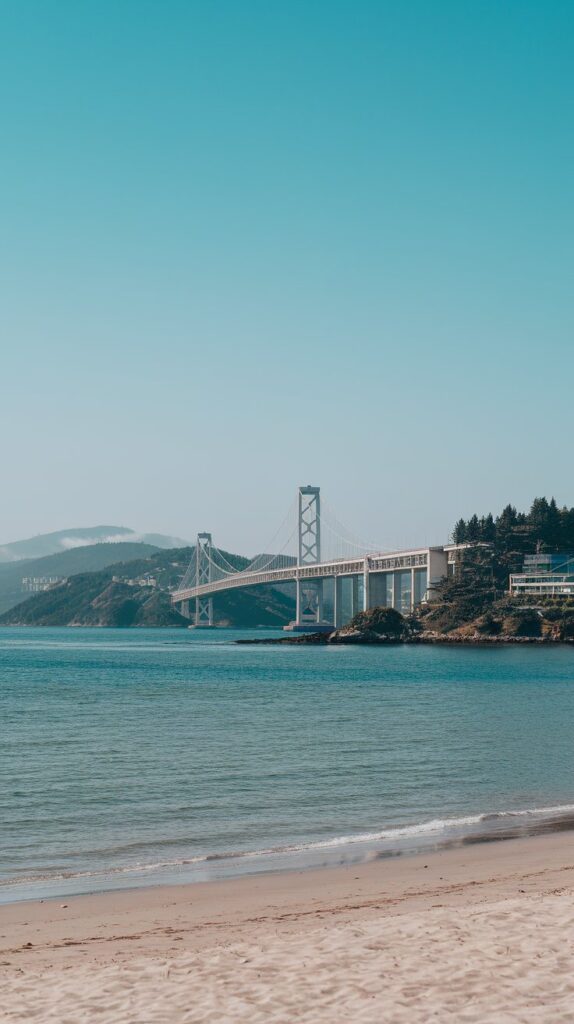
Awaji Island, located in Hyogo Prefecture, rests peacefully within the Seo Inland Sea. Meaning “the road to Awa,” Awaji connects two major Japanese islands—Shikoku and Honshu—via the world’s longest suspension bridge.
Beyond its stunning beaches and traditional Japanese architecture, Awaji Island’s claim to fame is the mesmerizing Naruto Whirlpools that dance between Awaji and Shikoku, a natural spectacle not to be missed.
8. Tsushima Island (708 km²)
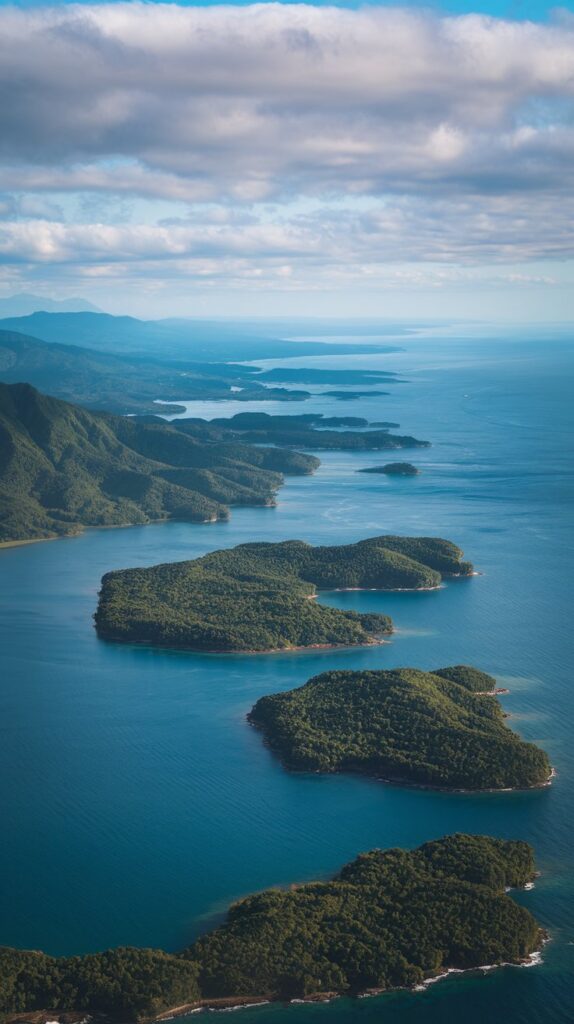
Tsushima Island sits between the Japanese mainland and the Korean Peninsula, stretching over 40 miles. It’s divided into two main parts—Shimono-shima and Kamino-shima—linked by scenic canals.
In addition to its rugged beauty, Tsushima includes over 100 smaller satellite islands and is largely protected by Iki–Tsushima Quasi-National Park. This means visitors are treated to some of the most awe-inspiring landscapes Japan has to offer.
7. Amami Oshima (712 km²)
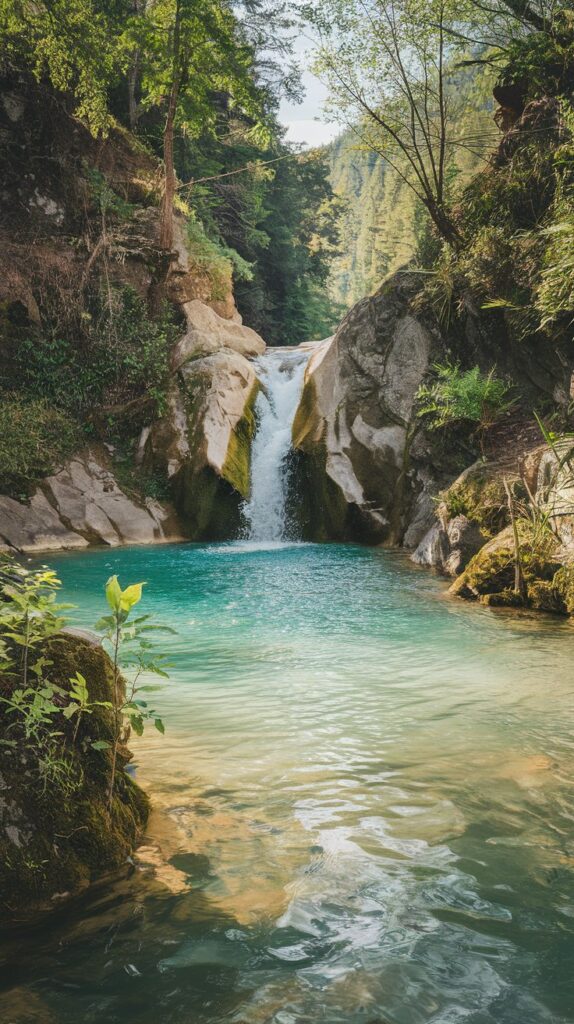
Amami Ōshima, part of the Satsunan Islands, lies cradled between the East China Sea and the Pacific Ocean. With over 70,000 residents, it’s a lively volcanic island full of vibrant culture and stunning nature.
Protected by Amami Gunto National Park, this paradise boasts pristine beaches, tropical weather, and thriving coral reefs, making it a dream destination for diving and water sports enthusiasts.
6. Sado Island (854 km²)
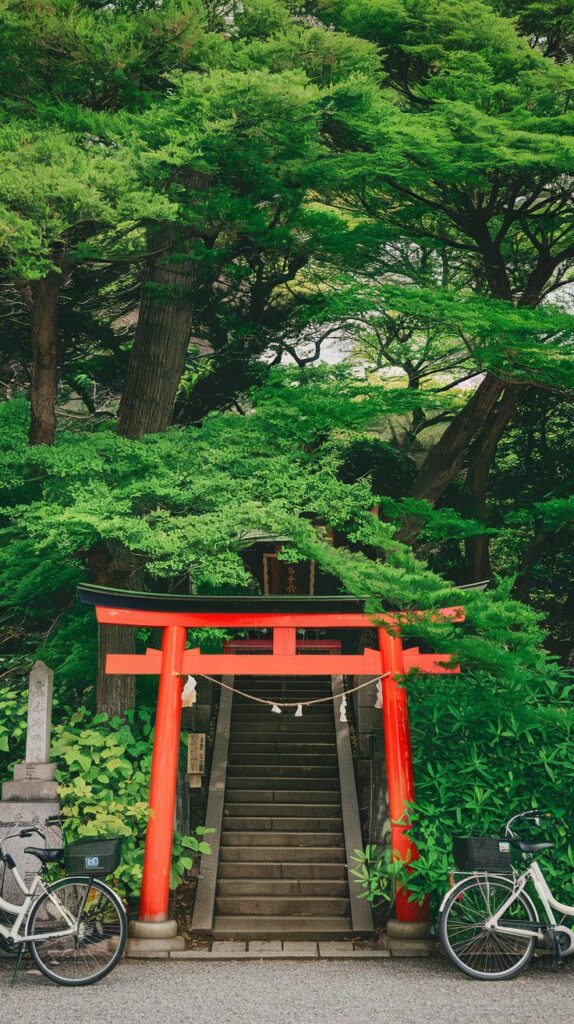
Once a place of exile for political figures like Emperor Juntoku and the Buddhist monk Nichiren, Sado Island has a storied past. In the 17th century, the discovery of gold transformed it into a bustling mining hub.
Today, you can still try your hand at gold panning or attend the famous Earth Celebration Festival held every August. Sado Island is also a haven for rare birdwatching, adding a wild touch to its cultural offerings.
5. Okinawa Island (1,206 km²)
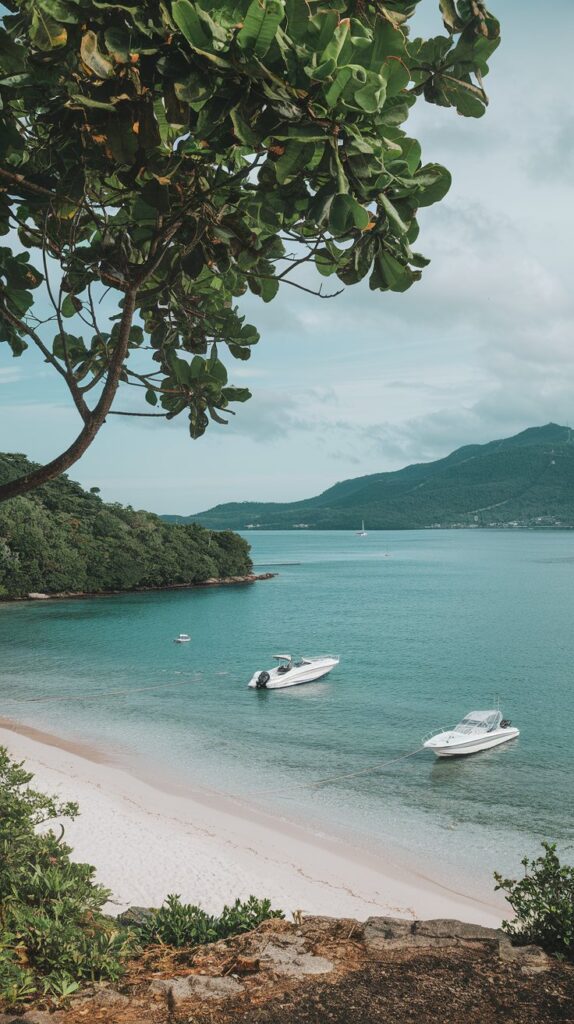
Okinawa Island, the largest of the Ryukyu Islands, is steeped in history. It was the site of the fierce Battle of Okinawa during World War II, one of the final and bloodiest conflicts of the war.
Nowadays, Okinawa is dotted with over 30 US military bases, but it also offers visitors powdery beaches, lush forests, and vibrant cultural traditions that reflect its unique identity.
4. Shikoku (18,297 km²)
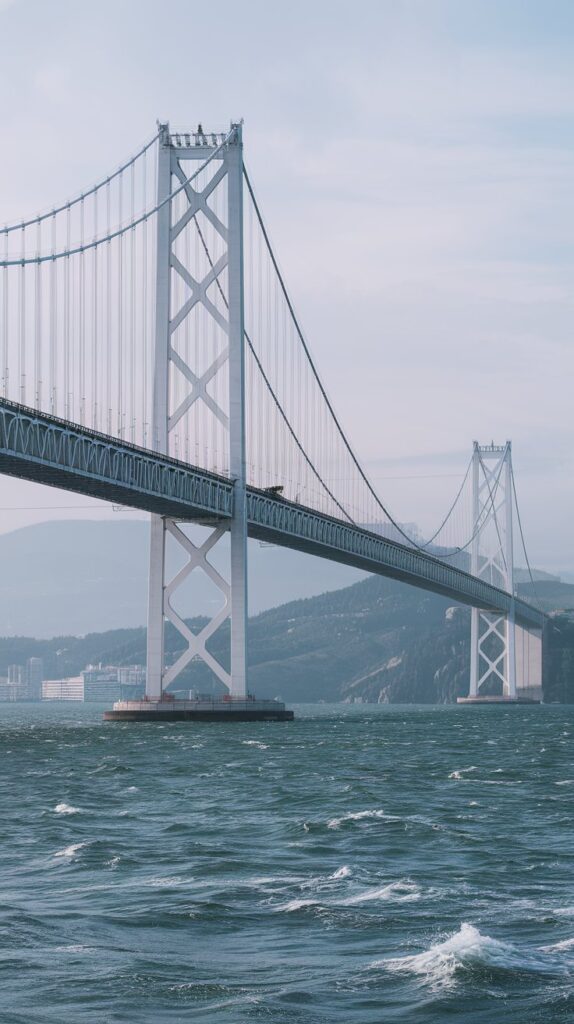
Meaning “four provinces,” Shikoku’s name harks back to the four historical regions that once divided the island. Nestled between Honshu and Kyushu, it’s famous for its peaceful countryside and spiritual trails.
Shikoku is home to the 88 Temple Pilgrimage, a revered Buddhist trail that attracts pilgrims and travelers from around the world. The island’s serene landscapes, winding rivers, and timeless temples create a truly magical atmosphere.
3. Kyushu (36,782 km²)
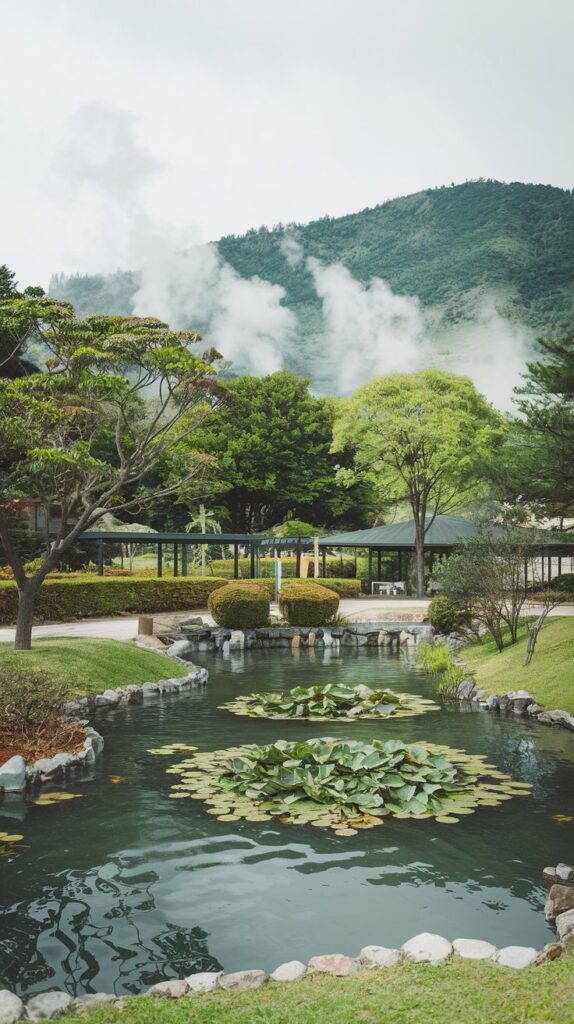
Kyushu, meaning “nine provinces,” is the southernmost of Japan’s main islands and the third-largest. It’s famous for its lush greenery, volcanic landscapes, and rich cultural traditions.
Mount Aso, Japan’s most active volcano, dominates the skyline, while natural hot springs, known as onsen, offer relaxing escapes. Separated from Honshu by the Shimonoseki Strait, Kyushu’s combination of natural beauty and historical depth makes it a must-visit.
2. Hokkaido (83,423 km²)
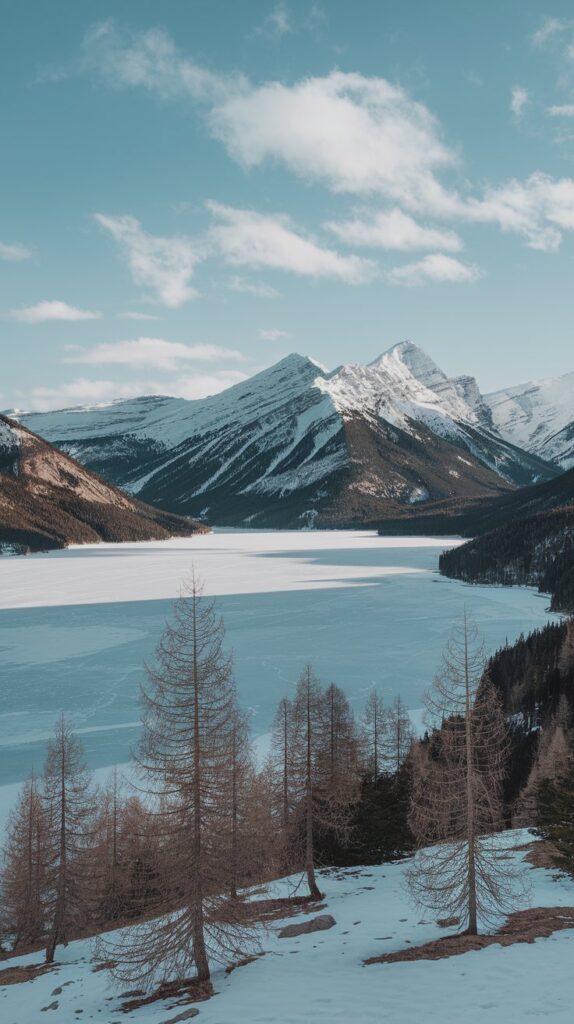
Formerly called Ezo, Hokkaido is Japan’s northernmost island—and its second-largest. It offers a refreshing break from Japan’s humid summers, thanks to its cooler climate.
With six national parks and a rich array of wildlife, including brown bears, foxes, and deer, Hokkaido is a playground for outdoor enthusiasts. Its snowy winters also make it a world-class destination for skiing and snowboarding.
1. Honshu (225,800 km²)
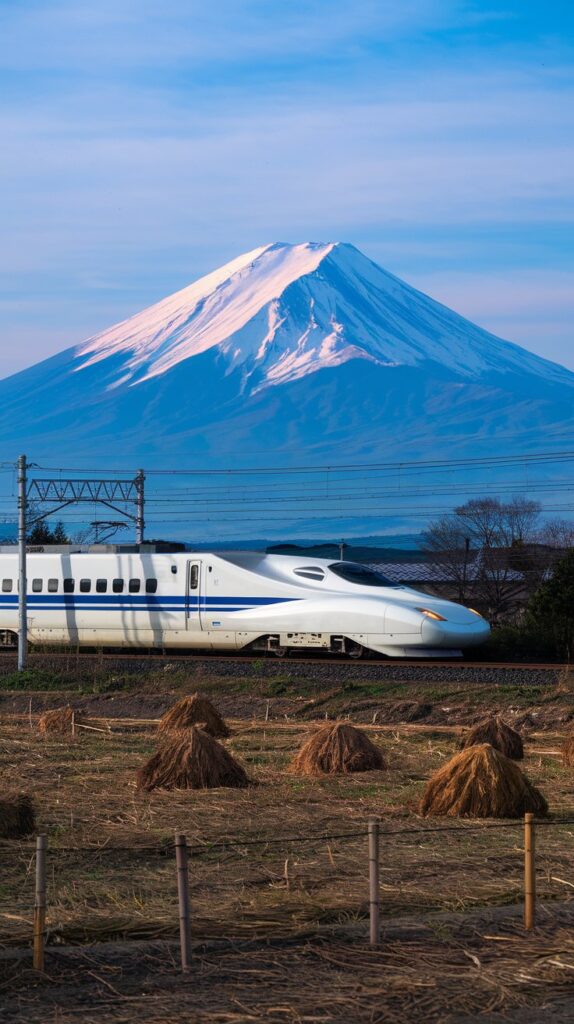
Honshu is the giant of Japan’s islands, making up more than half of the country’s land area. It’s not just the largest, but also the most populous island, home to many of Japan’s iconic cities, including Tokyo, Osaka, and Hiroshima.
Honshu is where you’ll find Mount Fuji, the country’s tallest peak and a global symbol of Japan. From historic temples to bustling skyscrapers, Honshu is the heart of Japan’s culture, economy, and spirit.

